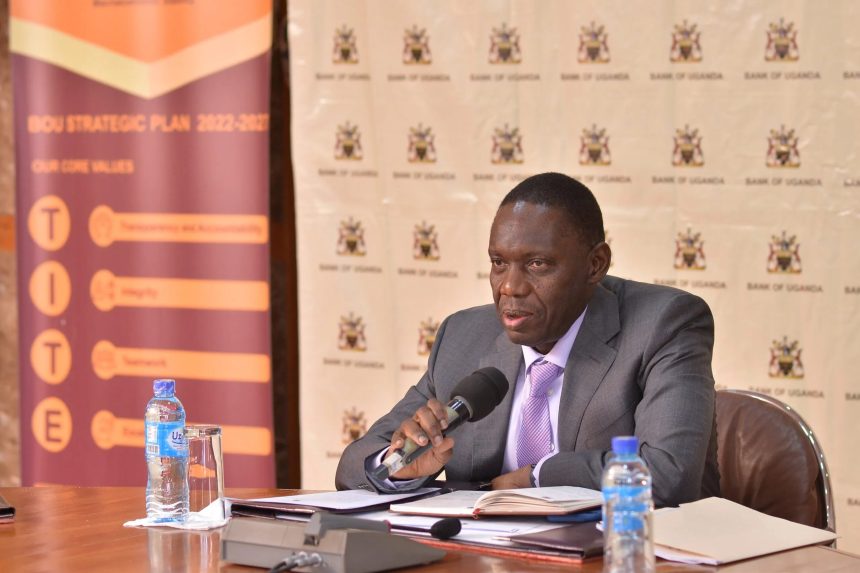The Bank of Uganda (BoU) has introduced stringent guidelines for purchasing gold from the local market, aiming to safeguard the integrity of its gold acquisition program and bolster foreign reserves.
To ensure traceability and authenticity, the guidelines prioritize direct sourcing from artisanal, small, medium, and large-scale miners. A pre-qualification process will be implemented for gold suppliers and refineries to meet stringent quality and purity standards.
“Gold’s liquidity, safety, and historical performance as a store of value make it a vital reserve asset,” emphasized Deputy Governor Michael Atingi-Ego during a presentation to Parliament’s Committee of Commissions, Statutory Authorities, and State Enterprises (COSASE). “By diversifying Uganda’s reserves, we enhance financial resilience.”
Purchased gold will be processed into monetary gold and securely stored with custodians. However, these efforts come amid scrutiny of BoU’s financial practices.
During discussions on the Central Bank’s FY2023/24 Auditor General report, COSASE raised concerns about escalating expenses, including a UGX 603 billion expenditure during the fiscal year. Financial and professional charges surged significantly, driven by litigation costs and legal damages amounting to UGX 31 billion.
The committee also noted a rise in administrative costs, including software maintenance, board fees, and property insurance. For instance, software expenses increased from UGX 12.5 billion to UGX 18.3 billion, while repairs to furniture and equipment rose to UGX 4.7 billion. MPs demanded a sustainability plan for these expenditures.
Deputy Governor Atingi-Ego defended the spending, citing major upgrades to the Central Bank’s security and fire detection systems and corporate social responsibility contributions to health centers in Katakwi, Hoima, and Lira districts. He also justified the revaluation of BoU properties, which inflated insurance costs, and the need for additional software licenses to enhance the Bank’s technological infrastructure.
Uganda’s foreign reserves stood at $4.07 billion in 2023, a slight decline from $4.08 billion in 2022, providing 4.15 months of import cover. The gold acquisition program aims to mitigate declining foreign currency reserves, support artisanal miners, and contribute to socioeconomic transformation.
Uganda boasts an estimated 31 million metric tons of gold deposits, including 320,158 metric tons of refined gold worth $12.8 trillion. This initiative is expected to reduce the trade and current account deficits by cutting raw gold imports and bolstering domestic value addition.
Despite BoU’s ambitious plans, questions linger over its financial management, particularly the UGX 8.6 trillion loan owed by the government, which has been delayed due to the economic impact of COVID-19. BoU assured Parliament that measures, including a Service Level Agreement with the Ministry of Finance, are in place to address repayment and prevent fiscal dominance.
Globally, central banks are increasing gold reserves to hedge against inflation and economic instability. Uganda’s program mirrors efforts by emerging economies like Russia, China, and India to boost their gold holdings.
The Bank of Uganda’s dual focus on enhancing reserves and addressing fiscal challenges reflects its commitment to stabilizing the economy while ensuring accountability and sustainability in its operations.




















